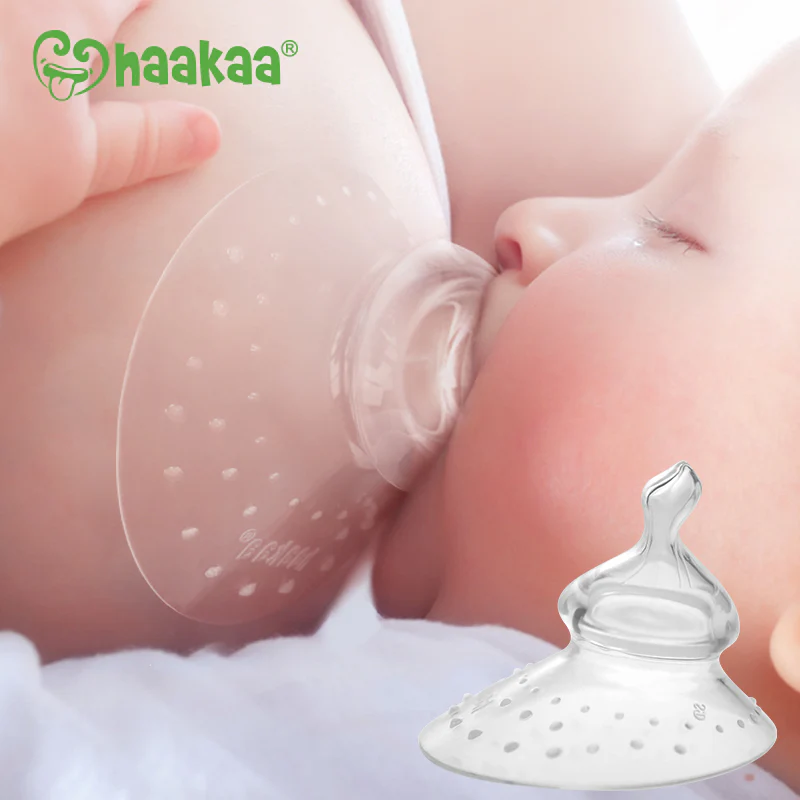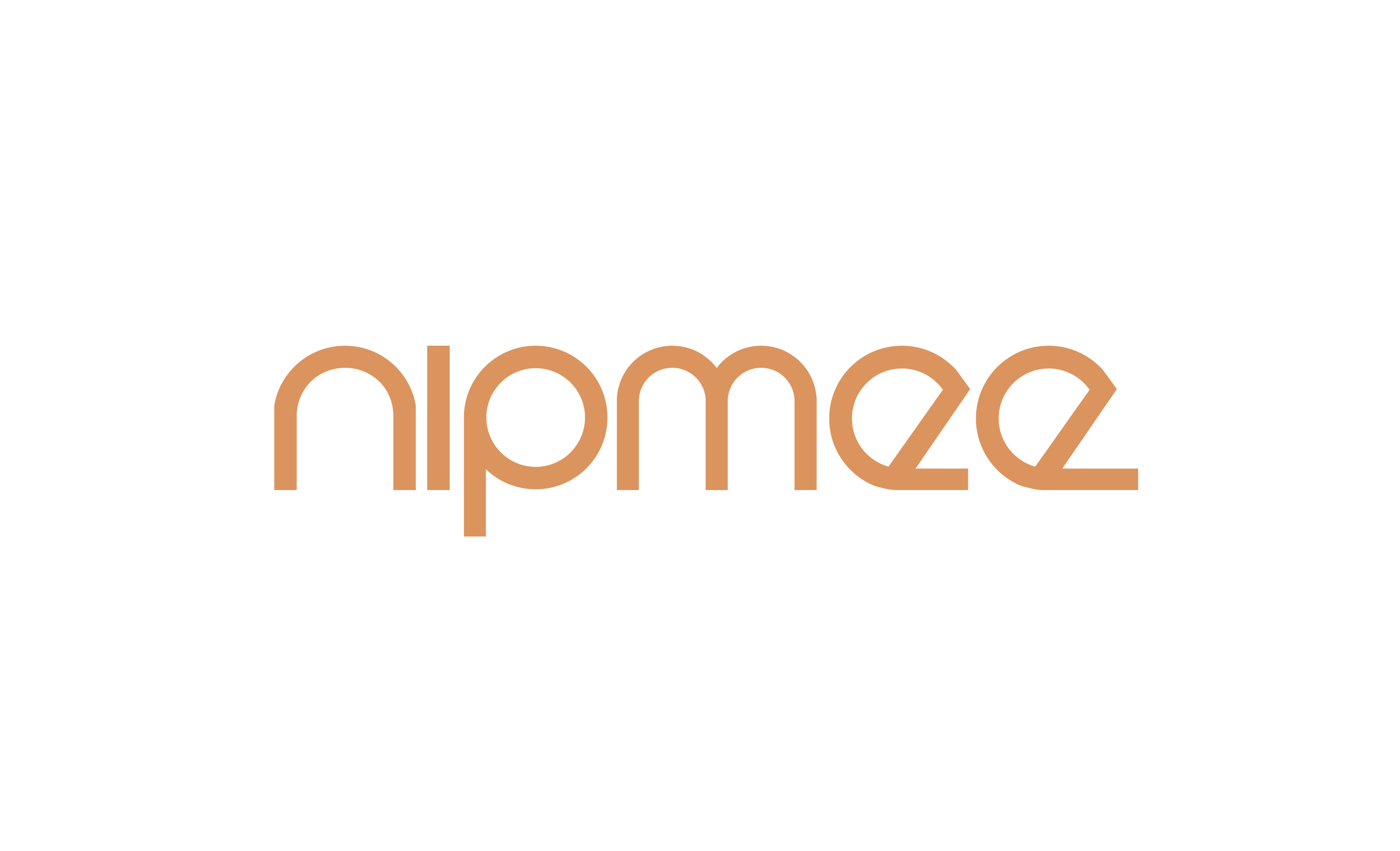Breast nipple covers for breastfeeding provide comfort and protection for nursing mothers. They help prevent irritation and leakage.
Breastfeeding can sometimes cause discomfort and soreness for mothers. Breast nipple covers offer a practical solution to these issues. Made from soft, breathable materials, they shield sensitive nipples from friction and clothing. These covers are designed to fit discreetly under bras, ensuring a comfortable and seamless experience.
They also help prevent leaks, keeping clothes dry and clean. Many covers are reusable and easy to clean, making them a sustainable choice. Investing in quality nipple covers can significantly enhance the breastfeeding experience, allowing mothers to nurse with ease and confidence.
Introduction To Nipple Covers
Breastfeeding can be a beautiful experience, but it comes with challenges. One common issue is sore or cracked nipples. This is where nipple covers come to the rescue. These handy items can make breastfeeding more comfortable for mothers. They offer a simple solution to a common problem.
Purpose And Benefits
Nipple covers serve several important purposes. They protect sore nipples from further irritation. They also help to keep nipples dry, reducing the risk of infection. Another benefit is that they provide a barrier against clothing friction.
- Protection: Shields nipples from further damage.
- Hygiene: Keeps nipples dry and clean.
- Comfort: Reduces friction from clothes.
Types Available
There are different types of nipple covers available. Each type has unique features and benefits. Here are the most common types:
| Type | Description |
|---|---|
| Silicone Nipple Covers | Made from soft silicone, reusable, and easy to clean. |
| Hydrogel Nipple Covers | Provide cooling relief and help heal cracked nipples. |
| Disposable Nipple Covers | Convenient for one-time use, hygienic and easy to dispose of. |
Choosing the right type depends on individual needs. Silicone covers are great for daily use. Hydrogel covers are perfect for healing. Disposable covers are ideal for convenience.
Choosing The Right Nipple Covers
Choosing the right nipple covers for breastfeeding can be tricky. You want comfort, protection, and a good fit. This guide will help you find the perfect nipple covers.
Material Considerations
Nipple covers come in various materials. Each type has its benefits.
- Silicone: Silicone covers are soft and flexible. They feel natural on your skin.
- Cotton: Cotton covers are breathable. They are ideal for sensitive skin.
- Hydrogel: Hydrogel covers provide cooling relief. They are perfect for sore nipples.
Choose the material that best suits your needs. Your comfort is the top priority.
Size And Fit
Correct size and fit are crucial for nipple covers. They should cover the nipple fully without causing pressure.
| Size | Fit |
|---|---|
| Small | For petite nipples |
| Medium | For average-sized nipples |
| Large | For larger nipples |
Measure your nipple size before buying covers. This ensures a comfortable and secure fit.
How To Use Nipple Covers
Using nipple covers can make breastfeeding more comfortable. They protect sensitive nipples and reduce irritation. This guide will show you how to use nipple covers properly.
Application Techniques
Applying nipple covers is simple and quick. Follow these steps:
- Wash your hands thoroughly before touching the nipple covers.
- Clean your breast area with warm water and let it dry.
- Remove the protective backing from the nipple cover.
- Place the nipple cover directly over your nipple.
- Press gently to ensure it sticks well to your skin.
Ensure the cover is centered on your nipple. This prevents leaks and ensures comfort.
Cleaning And Maintenance
Proper cleaning extends the life of your nipple covers. Follow these tips:
- Rinse the covers with warm water after each use.
- Use mild soap to clean them gently.
- Rinse off any soap residue completely.
- Let the nipple covers air dry on a clean surface.
- Store them in a clean, dry place when not in use.
Avoid using harsh chemicals or rough scrubbing. This can damage the covers.
With proper care, your nipple covers will last longer and remain effective.

Credit: www.amazon.com
Comfort Tips For Breastfeeding Moms
Breastfeeding can be a challenging journey. Finding comfort is crucial. Here are some tips to make breastfeeding easier for moms.
Preventing Soreness
Breastfeeding can cause soreness. Use nipple covers to protect your skin. These covers act as a shield, keeping the nipples safe.
- Choose soft, breathable materials for nipple covers.
- Ensure the covers fit well to avoid friction.
- Apply lanolin cream to keep the nipples moisturized.
- Take breaks and let nipples air-dry after feeding.
Dealing With Leaks
Leaks are common during breastfeeding. Nipple covers can help manage leaks. Here are some tips to handle leaks effectively.
- Wear absorbent breast pads under your bra.
- Change pads frequently to stay dry.
- Use nipple covers with extra padding for heavy leaks.
- Keep an extra shirt in your bag for emergencies.
| Tip | Benefit |
|---|---|
| Use breathable nipple covers | Reduces soreness and irritation |
| Apply lanolin cream | Moisturizes and soothes nipples |
| Wear absorbent breast pads | Prevents leaks and keeps you dry |
| Change pads often | Maintains hygiene and comfort |
Top Brands And Products
Finding the best breast nipple covers for breastfeeding can be challenging. High-quality brands make all the difference. This section will cover the top brands and their products. We will also look into user reviews to help you make the best choice.
Popular Choices
| Brand | Product | Key Features |
|---|---|---|
| Lansinoh | Soothies Gel Pads |
|
| Medela | Hydrogel Pads |
|
| NUK | Ultra Dry Nursing Pads |
|
User Reviews
Lansinoh Soothies Gel Pads are praised for their cooling relief. Many users say they help soothe sore nipples quickly.
Medela Hydrogel Pads are known for providing immediate comfort. Users appreciate their easy application and skin safety.
NUK Ultra Dry Nursing Pads are favored for their ultra absorbent quality. Users love their softness and comfort, making them a great choice for daily use.
Diy Nipple Covers
Creating your own nipple covers can be a fun and cost-effective way to support breastfeeding. These DIY nipple covers provide comfort and are easy to make at home.
Materials Needed
- Soft cotton fabric
- Scissors
- Needle and thread
- Measuring tape
- Non-toxic fabric adhesive
- Paper and pen
Step-by-step Guide
1. Measure and Cut Fabric
Use the measuring tape to measure around your nipple. Draw a circle on the paper with the same diameter. Cut the circle out and use it as a template.
Place the paper template on the cotton fabric. Trace around it and cut two identical fabric circles.
2. Sew the Edges
Thread your needle and sew around the edges of the fabric circles. This will prevent fraying and make the nipple covers more durable.
3. Add Padding
If you need extra comfort, cut smaller circles from a soft fabric. Place these smaller circles inside the larger ones before sewing the final edges.
4. Apply Fabric Adhesive
Apply a small amount of non-toxic fabric adhesive to the back of each nipple cover. This will help them stay in place during use.
5. Let it Dry
Allow the adhesive to dry completely before using the nipple covers. This usually takes a few hours.
6. Test and Adjust
Try on the nipple covers to ensure they fit well and feel comfortable. Adjust as needed by trimming the edges or adding more adhesive.
Now you have your own homemade nipple covers for breastfeeding. These DIY covers are a great way to ensure comfort and save money.
Common Issues And Solutions
Breastfeeding can be a beautiful journey, but it comes with challenges. Using breast nipple covers helps, but they have their own issues. Here we discuss common problems and their solutions.
Skin Irritation
Skin irritation is a common issue with nipple covers. Sensitive skin can react badly to certain materials.
- Solution: Choose nipple covers made of hypoallergenic materials.
- Solution: Always clean and dry your skin before application.
- Solution: Use a gentle, fragrance-free moisturizer.
Another tip is to avoid wearing the covers for too long. Give your skin some air every few hours.
Adhesive Problems
Adhesive problems can cause nipple covers to slip or fall off. This is frustrating for new mothers.
| Problem | Solution |
|---|---|
| Weak Adhesive | Check the brand’s reviews for adhesive quality. |
| Too Sticky | Test the adhesive on a small skin area first. |
| Residue | Use baby oil to remove sticky residue gently. |
Using nipple covers with the right adhesive can make breastfeeding easier. Always follow the manufacturer’s instructions for the best results.

Credit: www.amazon.com
Expert Advice
Breastfeeding is a beautiful journey but can sometimes be challenging. Seeking advice from experts can make this journey smoother. Let’s explore insights from lactation consultants and healthcare providers.
Lactation Consultants
Lactation consultants are trained professionals who specialize in breastfeeding. They offer valuable tips for using breast nipple covers.
- Proper Fit: Ensure the nipple cover fits well to avoid discomfort.
- Material: Choose silicone or soft fabric for comfort and hygiene.
- Cleaning: Clean the covers regularly to maintain hygiene.
Lactation consultants also provide guidance on how to position the baby correctly. This ensures that breastfeeding is comfortable for both mother and baby.
Healthcare Providers
Healthcare providers also play a crucial role in offering advice on breastfeeding tools. Their insights can be very helpful.
| Topic | Advice |
|---|---|
| Usage | Use nipple covers only when necessary. |
| Types | Select covers that suit your skin type. |
| Alternatives | Consider other options like nipple shields if needed. |
Healthcare providers can also help identify any underlying issues. This ensures that the choice of nipple covers is appropriate.
Consulting experts can make a significant difference in the breastfeeding experience. Their advice can help mothers choose the right tools and techniques.

Frequently Asked Questions
What Are Breast Nipple Covers For Breastfeeding?
Breast nipple covers are protective pads worn over nipples during breastfeeding. They help prevent irritation and discomfort. They can also shield against leaks.
How Do Nipple Covers Help With Breastfeeding?
Nipple covers provide a barrier between the nipple and fabric. This reduces friction and irritation, making breastfeeding more comfortable.
Are Breast Nipple Covers Reusable?
Yes, many breast nipple covers are reusable. They are made from materials that can be washed and sanitized after each use.
Can Nipple Covers Prevent Leaking?
Yes, some nipple covers are designed to absorb milk. They help prevent embarrassing leaks through your clothes.
Conclusion
Breast nipple covers provide comfort and discretion for breastfeeding mothers. They help prevent leaks and protect sensitive skin. These covers are a practical solution for nursing in public. Choose the right material and fit for maximum benefit. Make breastfeeding a more comfortable and enjoyable experience with breast nipple covers.
